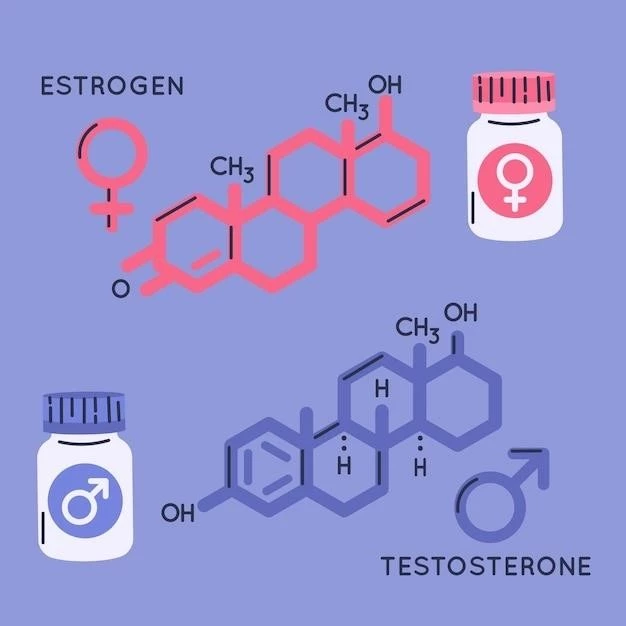Introduction
Methylmalonic acidemia, also known as methylmalonic aciduria, is an autosomal recessive metabolic disorder disrupting amino acid metabolism, leading to toxic levels of methylmalonic acid in the blood.
Overview of Methylmalonic Acidemia with Homocystinuria
Methylmalonic acidemia with homocystinuria is a rare inherited disorder affecting amino acid metabolism due to enzyme deficiencies involved in vitamin B-12 utilization. This leads to toxic levels of methylmalonic acid and homocysteine in the body, impacting various systems and functions.
This condition involves anomalies in cobalamin metabolism, causing a buildup of harmful substances in the blood, leading to symptoms like megaloblastic anemia, lethargy, failure to thrive, intellectual deficits, and seizures. Early diagnosis and management are crucial in improving outcomes for individuals with this complex metabolic disorder.
Causes and Genetic Basis
Methylmalonic acidemia with homocystinuria is caused by genetic defects in the cbl complementation classes C, D, F, and J, affecting cobalamin metabolism and leading to abnormalities in amino acid breakdown processes.
Etiology of Methylmalonic Acidemia with Homocystinuria
Methylmalonic acidemia with homocystinuria is primarily caused by genetic defects in the synthesis of adenosylcobalamin (AdoCbl) and methylcobalamin (MeCbl) resulting from variations in the cbl complementation classes C, D, F, and J. Specifically, mutations in genes such as MMACHC and MMADHC lead to disrupted cobalamin metabolism, contributing to the manifestation of this disorder.

Symptoms and Diagnosis
Symptoms of methylmalonic acidemia with homocystinuria include lethargy, megaloblastic anemia, failure to thrive, intellectual deficits, and seizures. Diagnosis involves testing for elevated methylmalonic acid and homocysteine levels in blood and urine, often presenting in early infancy.
Clinical Manifestations of the Disease
Methylmalonic acidemia with homocystinuria presents with a range of symptoms including megaloblastic anemia, lethargy, failure to thrive, seizures, and intellectual deficits. These manifestations stem from the body’s inability to process specific nutrients, leading to the accumulation of toxic compounds like methylmalonic acid and homocysteine, affecting various body systems.
Diagnostic Methods and Testing
Diagnosing methylmalonic acidemia with homocystinuria involves evaluating methylmalonic acid and homocysteine levels in blood and urine samples. Additional testing, like genetic analysis to identify mutations in genes such as MMACHC and MMADHC, plays a crucial role in confirming the diagnosis of this complex metabolic disorder. Early detection through newborn screening or when symptoms manifest is essential to initiate appropriate management strategies for affected individuals.
Treatment and Management
Management strategies for methylmalonic acidemia with homocystinuria typically involve a combination of dietary restriction, supplementation of vitamin B12, carnitine, and betaine, and in some cases, organ transplantation may be required for severe cases. Regular monitoring and follow-up with healthcare providers are essential to optimize treatment outcomes.
Therapeutic Approaches for Methylmalonic Acidemia with Homocystinuria
The management of methylmalonic acidemia with homocystinuria often involves a multidisciplinary approach. Therapeutic strategies may include dietary modifications restricting certain amino acids, lipids, and cholesterol, along with supplementation of essential nutrients like vitamin B12, carnitine, and betaine. In severe cases, organ transplantation may be considered as a treatment option. Regular monitoring and personalized care are crucial for individuals living with this complex metabolic disorder.
Long-Term Care and Monitoring
Long-term care for individuals with methylmalonic acidemia with homocystinuria involves a comprehensive approach that includes adherence to dietary restrictions, regular intake of prescribed supplements, and consistent medical follow-ups to monitor metabolic parameters and overall health. Continuous monitoring of methylmalonic acid and homocysteine levels is essential to assess treatment effectiveness and adjust management strategies as needed. Additionally, ongoing genetic counseling and support from healthcare providers play a crucial role in ensuring proper long-term care for affected individuals.

Prognosis and Complications
Individuals with methylmalonic acidemia with homocystinuria may face a challenging prognosis due to the complexities of the disorder. Complications can arise from the body’s inability to properly process specific nutrients, leading to potential issues such as neurological abnormalities, metabolic disturbances, and growth delays. Regular medical supervision and adherence to treatment regimens are crucial to managing these complications and improving outcomes for affected individuals.
Outcomes for Individuals with Methylmalonic Acidemia with Homocystinuria
Individuals diagnosed with methylmalonic acidemia with homocystinuria face a challenging prognosis due to the significant impact of the disorder on various body systems. The condition’s complexities can lead to neurological abnormalities, metabolic disturbances, growth delays, and potential life-threatening complications. However, with early detection, appropriate management, and ongoing medical supervision, the outcomes for affected individuals can be optimized, focusing on improving quality of life and minimizing the risk of severe complications associated with the disorder.
Research and Recent Advances
Recent studies have focused on understanding the genetic intricacies of methylmalonic acidemia with homocystinuria, particularly mutations in genes such as MMACHC and MMADHC. Advances in treatment strategies, including dietary modifications, supplementation, and potential gene therapies, offer hope for improved management of this complex metabolic disorder.
Current Studies and Discoveries in the Field
Ongoing research in the field of methylmalonic acidemia with homocystinuria focuses on genetic intricacies and treatment advancements. Recent studies have highlighted the role of genes like MMACHC and MMADHC in the disorder’s etiology, paving the way for targeted therapies. Additionally, emerging findings explore novel treatment modalities, including genetic interventions and precision medicine approaches, offering promising avenues for future management of this complex metabolic condition.
Support and Resources
Organizations such as HCU Network America and GARD Genetic and Rare Diseases Information Center offer support and valuable resources for individuals and families affected by Methylmalonic Acidemia with Homocystinuria. Accessing expert centers and receiving proper diagnosis and care can be facilitated through these organizations, providing essential guidance and assistance.
Organizations Providing Assistance for Patients and Families
For individuals and families affected by Methylmalonic Acidemia with Homocystinuria, organizations such as HCU Network America and GARD Genetic and Rare Diseases Information Center offer valuable support and resources. These organizations play a crucial role in providing guidance, connecting individuals with expert centers, and offering assistance to navigate the complexities of the condition.
